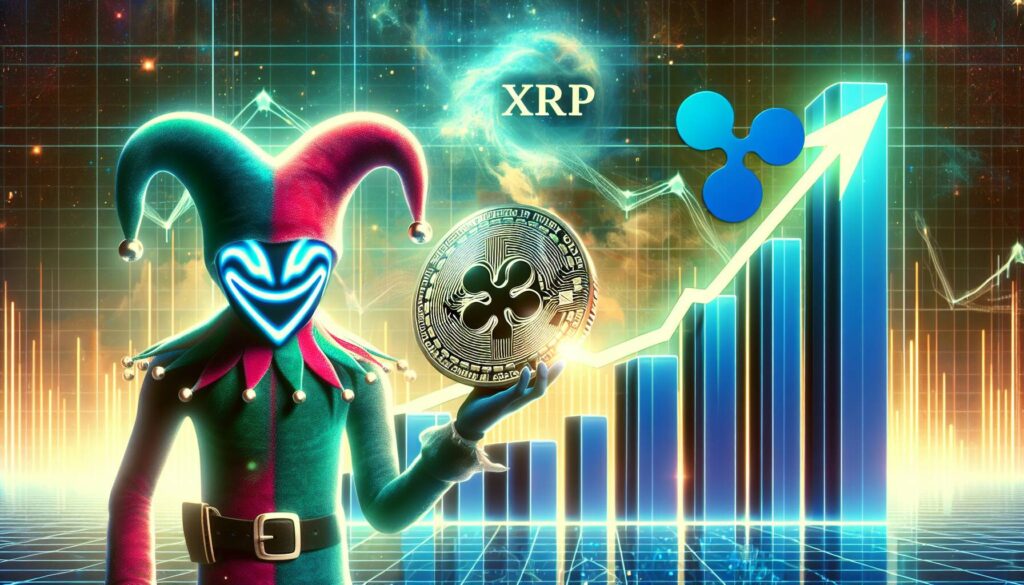Helius, a notable player in the cryptocurrency industry, has recently announced its strategic plans to optimize its SOL treasury over the next two years. The company intends to delve into staking and lending opportunities, aiming to enhance the value and utility of its digital assets. This approach not only signifies Helius’s commitment to maximizing its treasury but also reflects the growing trend among crypto firms to explore diverse financial avenues for asset growth.
“We are excited to explore innovative financial strategies that could significantly bolster our SOL holdings,” a spokesperson from Helius remarked.
Staking, a process that involves locking up cryptocurrency to support network operations in exchange for rewards, and lending, which allows assets to earn interest while providing liquidity to the ecosystem, are set to be key components of Helius’s vision. Such initiatives align with broader market movements, where various organizations are increasingly tapping into staking and lending as sound methods to generate yield and engage their communities.
With this ambitious plan to cultivate its SOL treasury, Helius is poised to navigate the evolving landscape of the cryptocurrency market, making strategic decisions that could position it favorably in the competitive arena of digital finance.
Helius Staking and Lending Opportunities
Key points regarding Helius’s strategy for leveraging its SOL treasury:
- Exploration of Staking: Helius intends to investigate staking opportunities, which may provide a way to earn rewards through participation in the network.
- Lending Opportunities: The company will also consider lending options, potentially allowing for additional income streams from its treasury assets.
- SOL Treasury Growth: Helius aims to build its SOL treasury over the next 24 months, which could enhance its financial stability and investment capacity.
- Impact on Investors: These strategies may influence investor confidence and interest in Helius, potentially leading to increased investments.
The development of staking and lending mechanisms could transform how Helius manages its assets, offering both opportunities and risks to stakeholders.
Helius Explores Staking and Lending Opportunities in the Crypto Landscape
In the evolving world of cryptocurrencies, Helius is making notable strides by considering staking and lending opportunities for its SOL treasury. This initiative positions Helius amidst competitors who are also looking to optimize their asset management strategies. Companies like Aave and MakerDAO have already carved a niche by offering DeFi solutions that allow users to earn yields on their crypto assets, leveraging the power of decentralized finance. With Helius’s foray into these avenues, it stands to gain a competitive edge, particularly if it can tailor its services to attract users looking for innovative financial products.
However, there are challenges that Helius must navigate. The crypto market is saturated, and trust is a significant concern for potential investors and users. Unlike established platforms that have built a reputation over time, Helius may face skepticism as it attempts to position itself in this competitive space. The volatility inherent in staking and lending can also pose risks, particularly if market conditions shift unfavorably during their planned treasury-building phase.
This news could benefit a range of stakeholders. For early adopters and investors, this strategy may offer new avenues for generating returns on their holdings, appealing especially to those keen on diversifying their portfolios in a burgeoning market. On the flip side, traditional investors who prefer stability could find this shift challenging, potentially leading to reluctance in engaging with Helius’s offerings. Additionally, Helius’s venture must navigate regulatory landscapes that are increasingly scrutinizing DeFi operations, which could pose complications for long-term scalability.

















